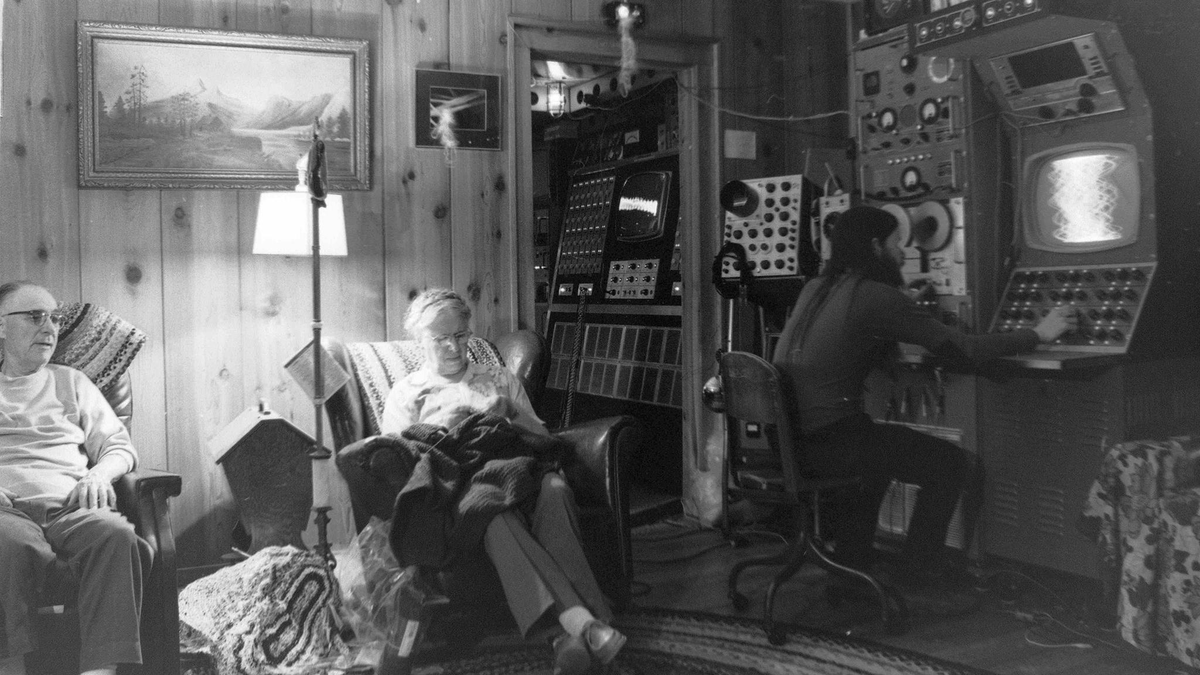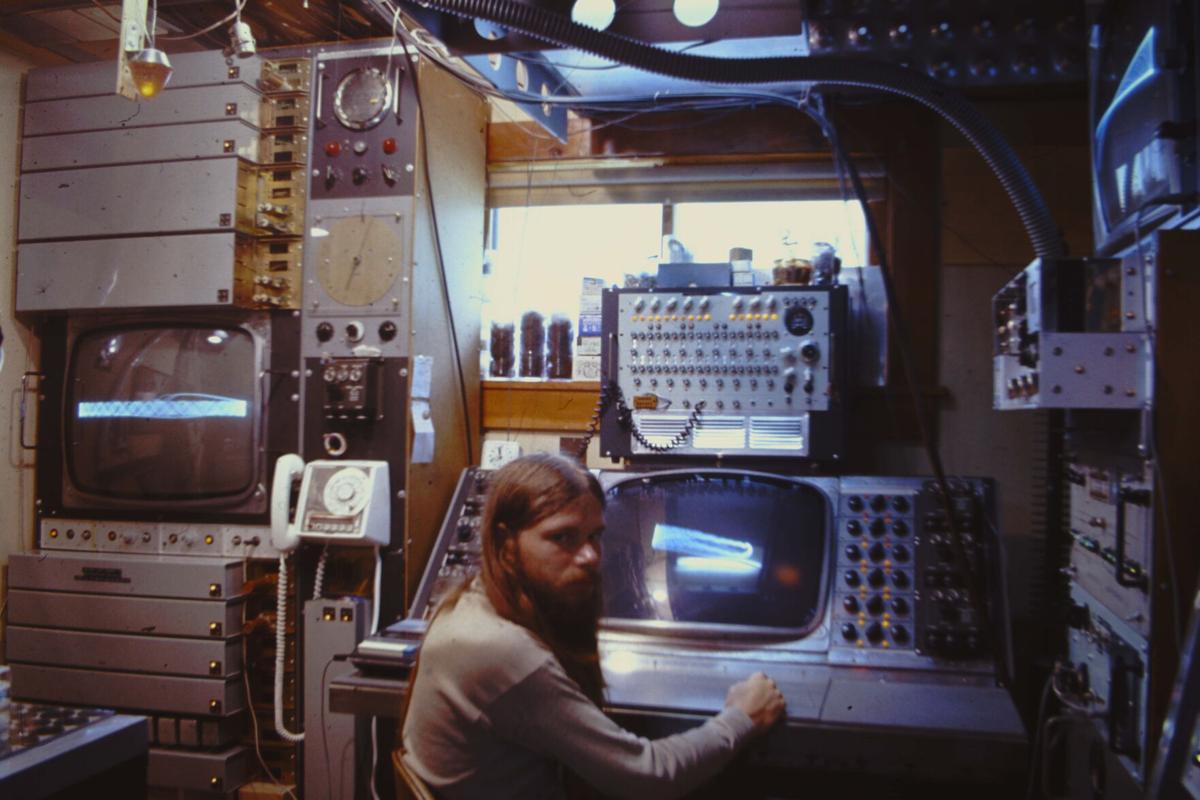“This video essay examines the politics underlying the gendered past and future of Blade Runner 2049 (Villeneuve, 2017). It argues that the sequel form endorses an ideology of reproductive futurism that normalizes stereotypical gender scripts and perpetuates nostalgic notions of family, heterosexuality, and biological reproduction.
Original essay published in [in]Transition: Journal of Videographic Film & Moving Image Studies 6.3 (2019): mediacommons.org/intransition/reproductive-futurism-and-politics-sequel“(vimeo)
Eastern Europe, including Romania has seen a concordance between homophobic transphobic pro-Family marches and the politics certain brand of neoliberalism. Neoliberalism has thrived on deregulation & disruption. As a pejorative term it is being being used in a confusing way and it is important to understand that while it is not an ideologic monolith and there’s plenty of internal controversy – there’s also general common traits that make it instantly recognizable, based on the ten points of the ‘Washington Consensus“.
So how come ‘traditional family values’ , the most non disruptive things one can think of – are being elevated during neoliberalism as sacred? How do free markets – go together with supporting anti-choice anti-abortion reproductive politics and “family values”? What has the individualism and atomism of utility maximization (the concept that individuals and firms seek to get the highest satisfaction just from their economic decisions) at the heart of neoliberalism have to do with families?
Well in the absence of a welfare state (disappearing pensions, failing – because underfunded public health system) the whole responsibility, deficit spending debt payments all of it and care work is placed on the family and not any family, but the global poor.
This explains the paradoxical alliance of social conservatism and free-market promoters since the 1980s Thatcher and Reagan. It was not just union busting and cutting government spending but also propping up traditional family values. Why did families vote for those that would apparently endanger or make financial cuts that would endanger their existence even more? Why did they vote against social security and how did the racist and derogatory term “welfare queen” (see Romanian centrist media attacks on ‘asistați social’) got to be used as a campaign scare, attracting such families into practically accepting the destruction of the welfare state? When Thatcher said there is no society, few people remember that she never said that there is no family. Families (at least on paper) tied people more and more to value extraction. You can actually see this – in Romania where migrants are sending money back home. There is an increased dependency on these family ties as a guaranty for continuous (“plata in rate” in Romanian) sources of money in rates, as payments to banks, etc Household debt is paid by migrant workers working under harsh conditions, working far from home yet tied to family relations with the ones back home.
Melinda Cooper a researcher of biopolitics has been exploring this strange unlikely US alliance that has also became a staple in Eastern Europe. Her 2017 book Family Values: Between Neoliberalism and the New Social Conservativism aims to explain and trace the history of this unlikely alliance that we now see everywhere, including in both Trump’s USA and Putin’s Russia. I added this to the above wonderful video essay exploring something else the critique of “Reproductive Futurism” – through various SF franchises, because I think that this dependency and “chrononormativity” fits in very well Melinda Cooper’s study about ‘family values’. In most current SF the image of the child as wager for a selfsame future (the new is more of the same) – or the mother/child link exists to basically justify all current injustices (everything is done so a future kid may enjoy it) or to reproduce current conditions ad infinitum.
















